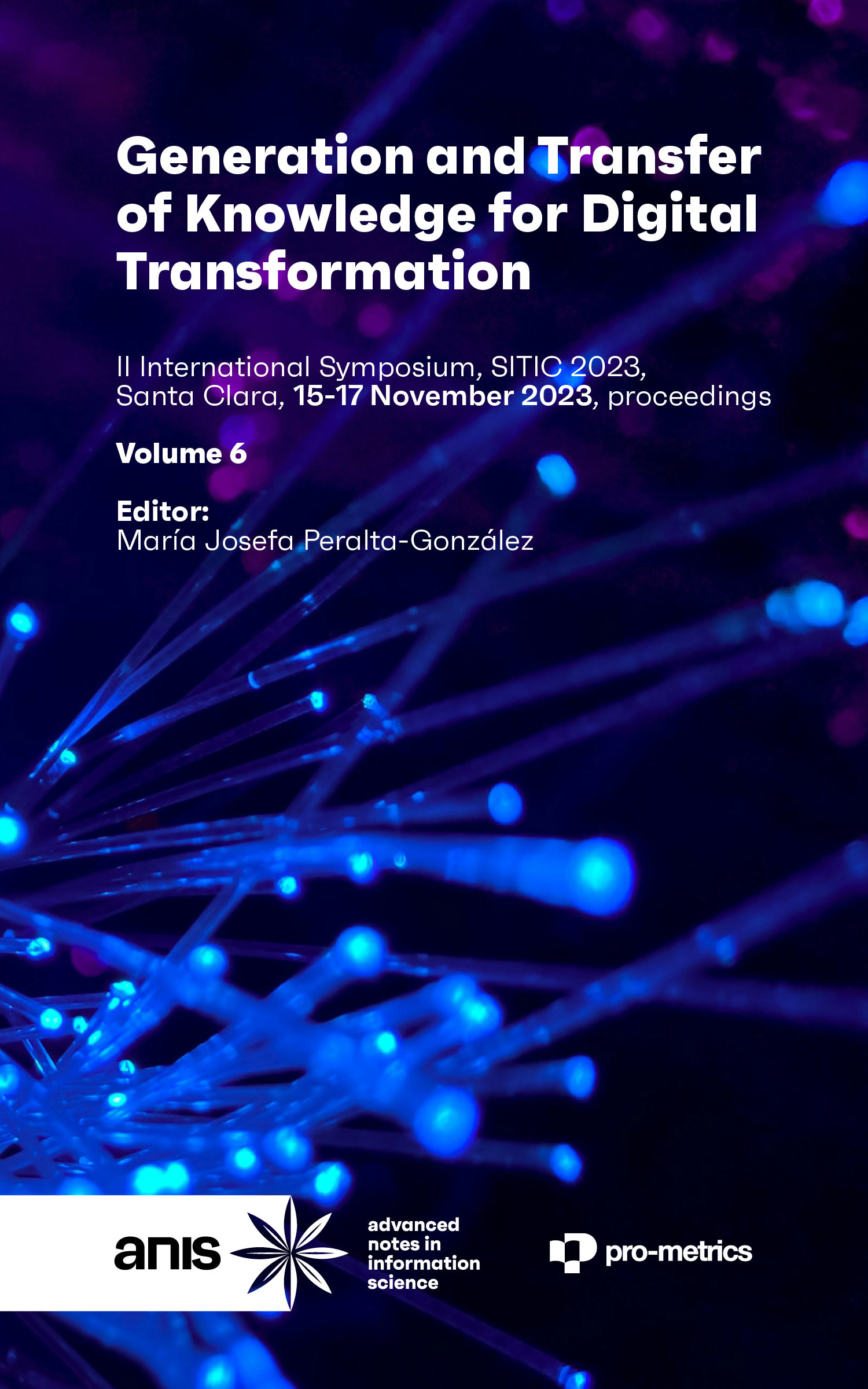National technology project for the libraries of the Bolivian Catholic University San Pablo (2020–2023)
DOI:
https://doi.org/10.47909/978-9916-9974-5-1.99Keywords:
digital library, university library, information system, information technology, KOHAAbstract
Problem: It has not been possible to implement an integrated library management system (SIGB) to unify the use of international standards and appropriate tools to provide services to end users and avoid unnecessary duplication of efforts in the different libraries at headquarters. Objective: This study aims to enhance the national library system (SINAB) by incorporating regulations and organizational structure of the SINAB and national acquisition and subscription of virtual resources, implementing an integrated Universidad Católica Boliviana San Pablo (UCB) library system (KOHA), and developing a national UCB libraries system web page as a tool that gathers all the university services for the support of learning, teaching, and research that benefit the UCB academic community. Methodology: For the development, drafting, and approval of the project, the project management body of knowledge (PMBOK) tool was used. According to PMBOK definitions, a project is a temporary effort undertaken to create a unique product, service, or result. In simple terms, a project can be any action that needs to be taken to accomplish something new. This can go beyond the business context, as it can encompass launching a product, starting a new course, and even making major purchases. Results and discussion: The study achieved several key outcomes, including subscription to 12 virtual tools and resources, all included in the NEO; learning; implementation of the SIGB KOHA in the four UCB sites, which are now in operation; creating tutorial videos; regulations of SINAB-UCB, approved by the Board of Directors; and a call for the creation of the national web page.
Downloads
References
Arzamendi, A. (2003). Basque library systems. https://www.euskadi.eus/contenidos/informacion/pv_bibiliotecas/es_6603/adjuntos/bibliotecas_c.pdf
e-Learning Masters. (2018). Virtual libraries, a support resource for virtual education. http://elearningmasters.galileo.edu/2018/09/13/bibliotecas-virtuales-para-la-educacion-virtual/#:~:text=Las%20bibliotecas%20virtuales%20permiten%20la,o%20sin%20clave%20de%20acceso
Goméz Hernández, J. (2002). Library management. University of Murcia.
IGNITE Online. (2010). What are virtual libraries and how do they work? https://igniteonline.la/bibliotecas-virtuales-funcion/
KOHA. (2023). KOHA Library Software: The world’s first free and open source library system. https://koha-community.org/
Laudon, K., & Laudon, J. (2002). Management information systems: Organization and technology of the networked enterprise (6th ed.). Distrito Federal: Pearson Education.
Parrado, J. (2012). Free and open source integrated library management systems. Universidad de León, Dacultad de Filosofía y Letras.
San Vicente Parada, A. (2021). Virtual resources for online instructional design: Tools for online learning. Académica Española.
Sydle. (2022). PMBOK: What is it and how is it used for project management? https://www.sydle.com/es/blog/pmbok-61e80383f41fbf069eb3ef2b#:~:text=La%20gesti%C3%B3n%20de%20proyectos%20del%20PMBOK%20se%20realiza%20a%20partir,pero%20siempre%20de%20forma%20integrada
Xercode. (2023). What is it and what are the functions of the library management system? https://xercode.es/que-es-y-que-funciones-tiene-el-sistema-de-gestion-de-bibliotecas/
Downloads
Published
How to Cite
Issue
Section
License
Copyright (c) 2024 Alfonso Miguel Alarcón Lujan, Julio Alberto Galarza Rosales, Andrea Ballivián Blanco

This work is licensed under a Creative Commons Attribution-NonCommercial 4.0 International License.
This is an open access article distributed under the terms of the Creative Commons Attribution-NonCommercial 4.0 International License (CC BY-NC 4.0) which permits copying and redistributing the material in any medium or format, adapting, transforming and building upon the material as long as the license terms are followed.


